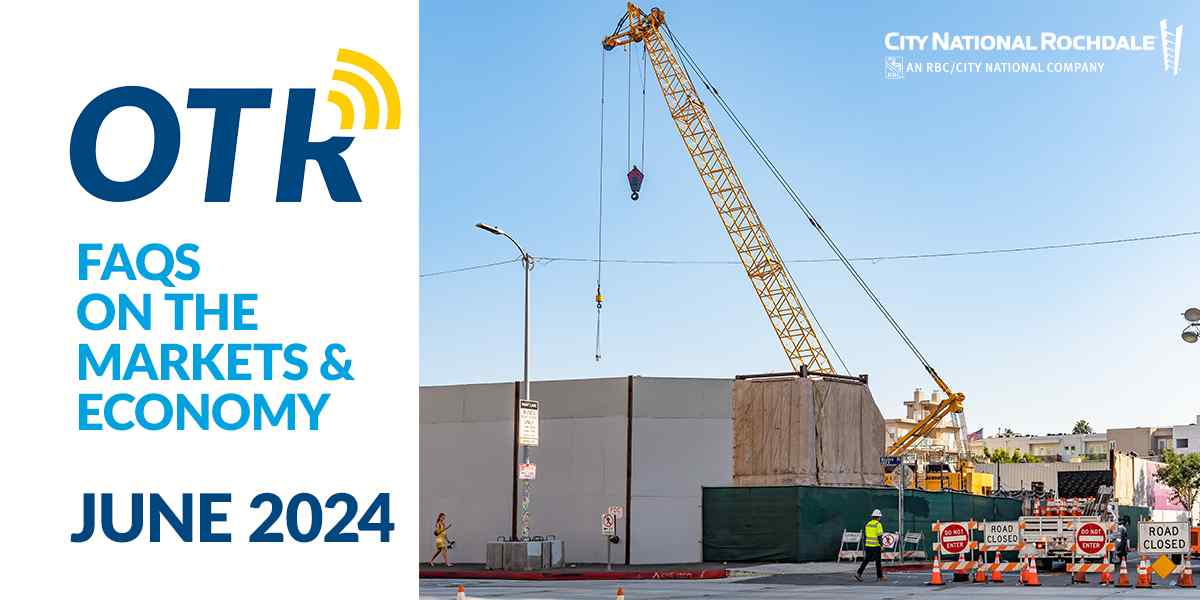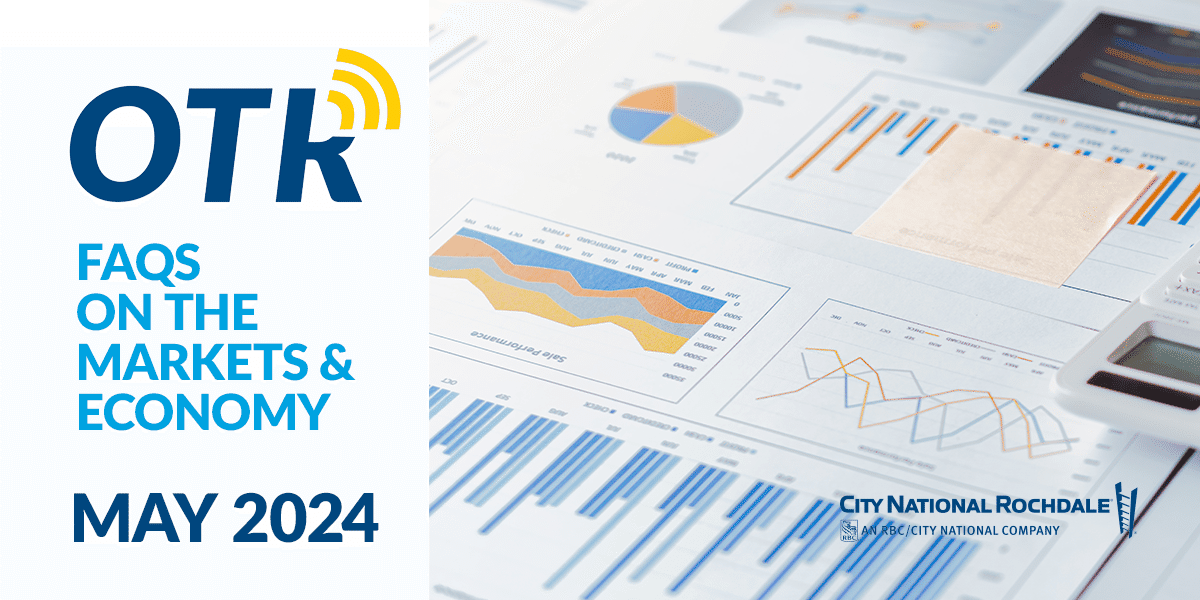-
Economic Perspectives
The Fed is Switching Things Up
May 2023
- Filename
- Economic Perspectives MAY 2023.pdf
- Format
- application/pdf
TRANSCRIPT
It appears as though the Fed's in a bit of a transition phase right now. They're setting the groundwork for not increasing interest rates at their next meeting, which is a big change from what they've been doing since March of last year. In the 10 meetings that they had since that period of time, they've raised the federal funds rate. It now stands a full five percentage points above where it was before they started, which is an impressive move. This does not mean that they're done with what they're planning to do. Inflation is still too high, and based on the very low unemployment rate, the labor market continues to remain quite hot. But the Fed wants to sit back and be able to observe, and see what changes will take place based on all those interest rates increases. Furthermore, banks are changing what's happening by getting far more restrictive in terms of their lending, and that will help slow down the pace of economic growth going forward.
In this first chart, we're showing the change of the federal funds rate since the initiation of interest rate increases that the Fed has had during every time that they've tried to slow down the pace of economic growth. The current period is respresented on the far right side, and as you can see, we're up a full five percentage points, which well above the average of what we have seen since the early 1970s. It was only higher one other time, in 1980, but if you recall back then, that's when Paul Volcker was head of the Fed, and he was raising the federal funds rate 10% to 20%. In one meeting, he even raised it four full percentage points – suffice to say, it was a different world back then. The Fed of today was doing it in a far more gradual pace, and they pretty much let the markets know ahead of time what to expect, to keep down the amount of volatility in the market.
In the second chart, we can see that the banking system is measuring the tightening of credit standards that banks have, and this is over a long period of time. Right now, it is showing that almost 45% of the banks are tightening their credit standards., which is a big deal. If you take a look at on a historical basis, when it's gotten to these levels in the past, we've seen a recession. But this is a very broad look, in terms of what banks are doing. We want to know and understand the details of where we see changes going on in terms of the lending, because some sectors are restricting it much more than others.
In the next chart, the dark blue lines that you see are measuring the amount of banks that are tightening policy based on the type of loan for right now. The light blue is where they were last year. If it was a negative number, that means they were actually easing standards at that time. You can see that there's been a dramatic shift, from relatively easy standards for lending to very stringent ones that they have right now. Further down the list are what is considered more riskier loans. We see a significant increase in the standards that are being required in terms of lending money out to an awful lot of these entities.
So what do banks mean when they say they're tightening credit standards? Well, there's a whole list of things that banks can do to make it more difficult to get a loan. The next chart lists an awful lot of those factors that they look at, in terms of requiring stronger collateral, a bigger margin in terms of what they need to pay. There's a whole host of them, but the key issue here is the fact that the standards are a whole lot tighter now than they were a year ago.
In the final chart, it is showing what's happening in terms of actual lending. If you look over on the very far right, you can see, year-to-date (YTD), the amount of lending that's going on this year is about a third of the level of what we've seen so far at this stage last year. The left part of the chart shows it broken down into the major categories. Those that are considered relatively low in risk, which only show a small decline in the amount of lending. But those areas that banks are concerned about – in terms of commercial and industrial loans or commercial real estate, you can see a significant decline in the amount of lending in that sector.
So although the Fed might be holding stable in terms of the federal funds rate, the economy will continue to be under pressure by the fact that there won't be as much lending going forward as what we had seen in the past. That should help slow down the pace of growth, which should help slow down the demand for workers and the high inflation rate. That's what the Fed is hoping for.
Stay Informed.
Get our Insights delivered straight to your inbox.
Put our insights to work for you.
If you have a client with more than $1 million in investable assets and want to find out about the benefits of our intelligently personalized portfolio management, speak with an investment consultant near you today.
If you’re a high-net-worth client who's interested in adding an experienced investment manager to your financial team, learn more about working with us here.



